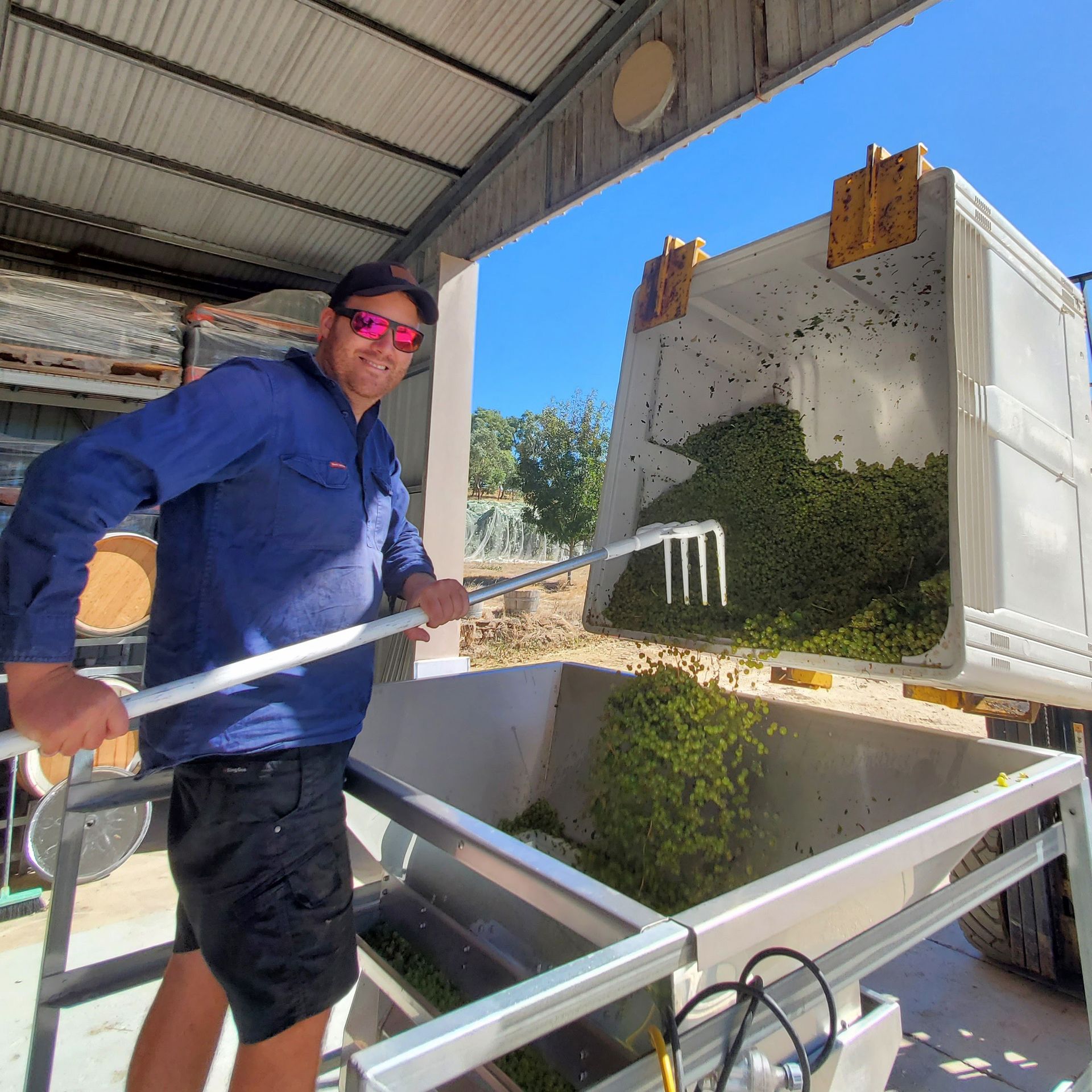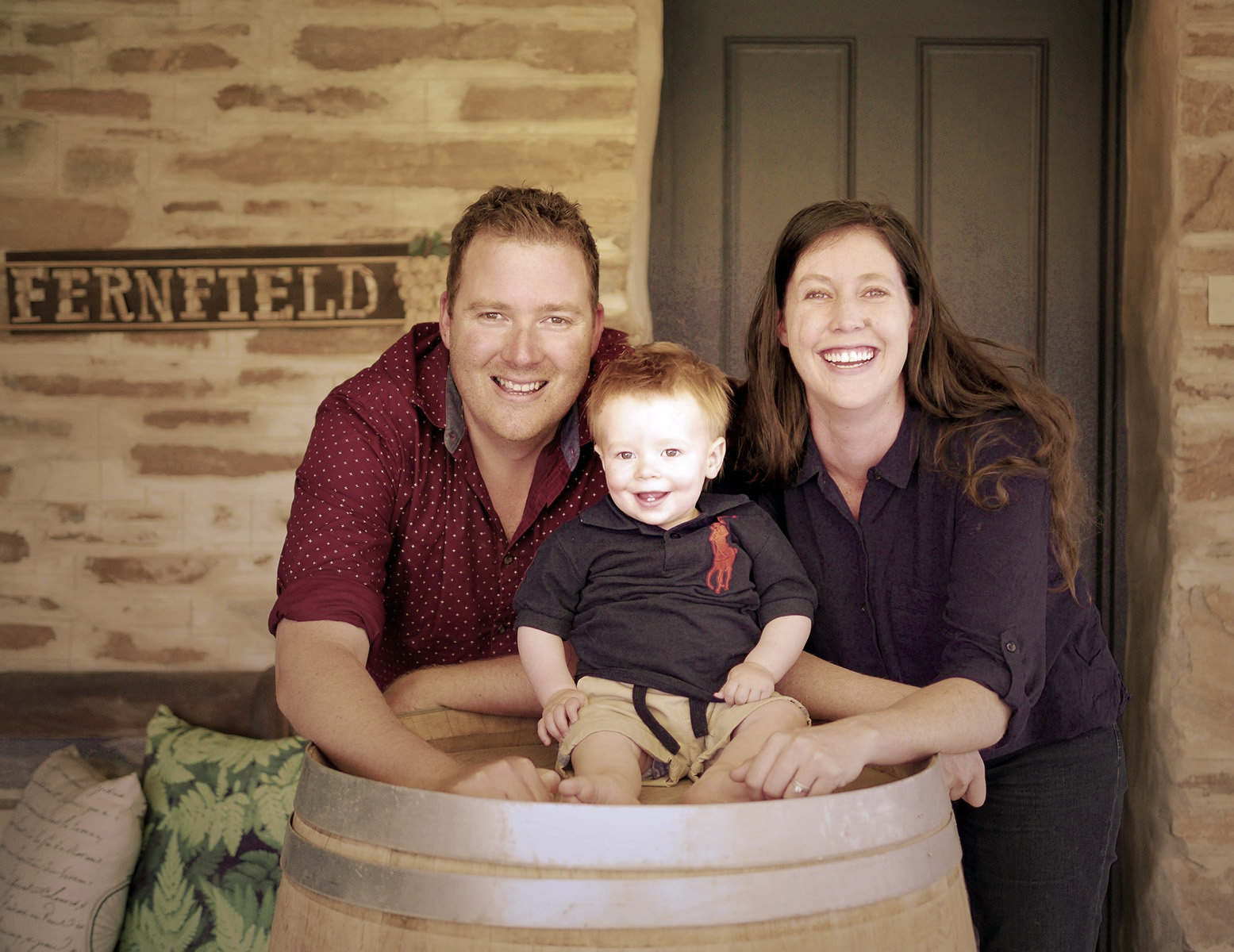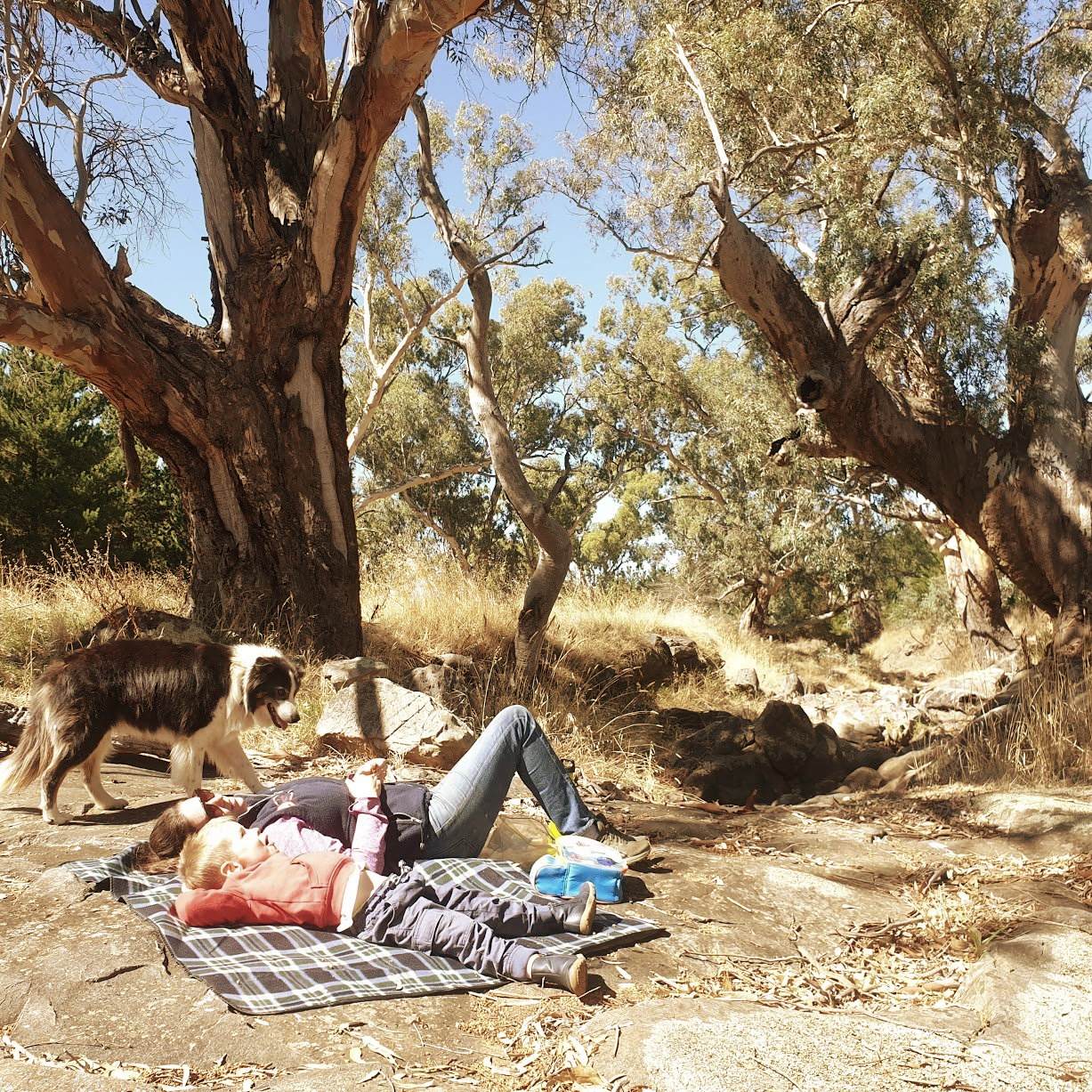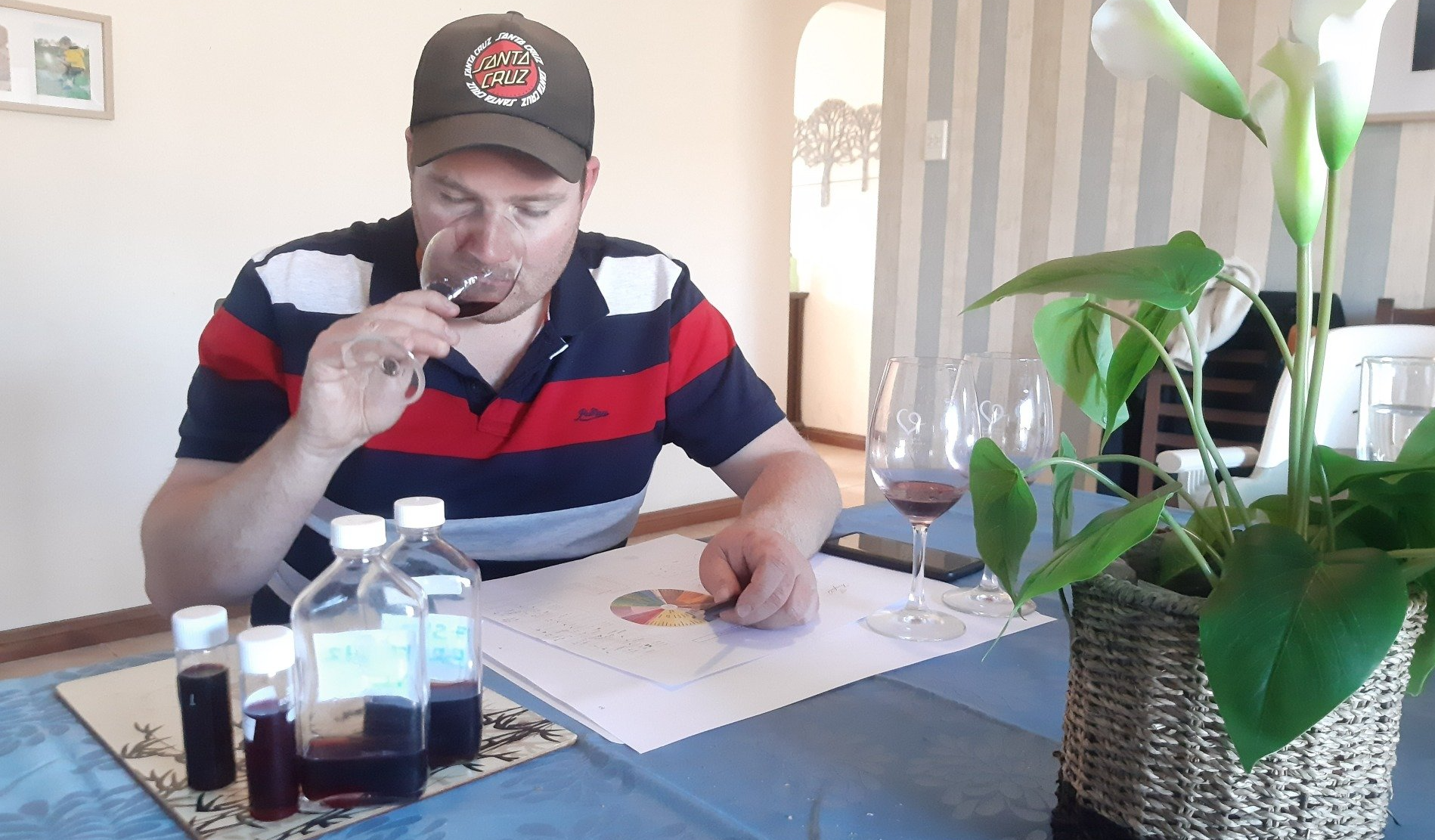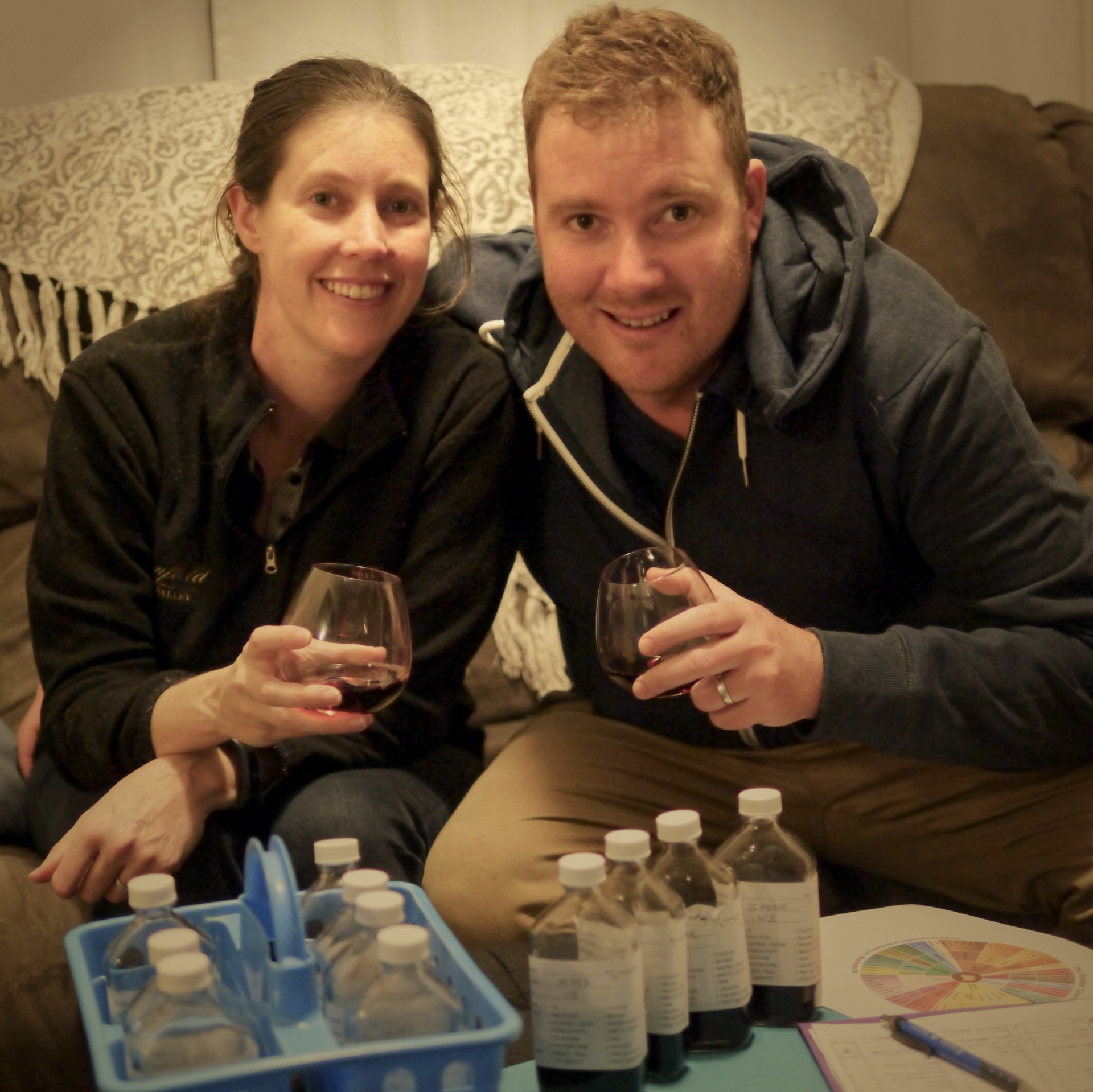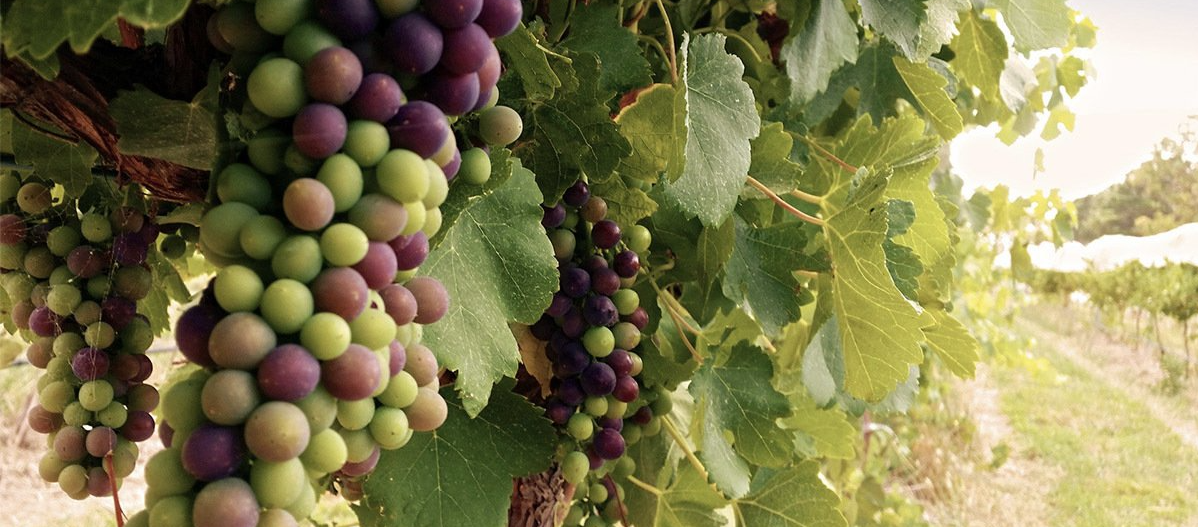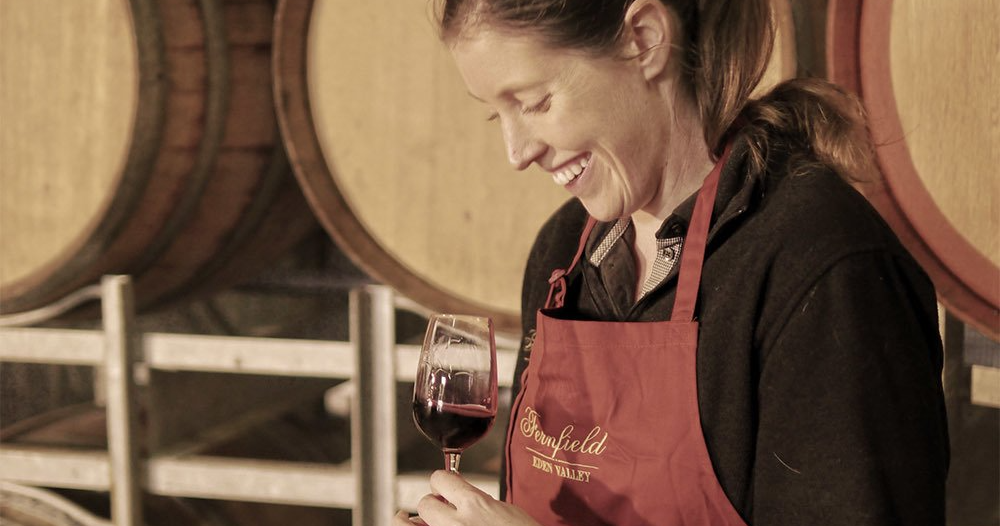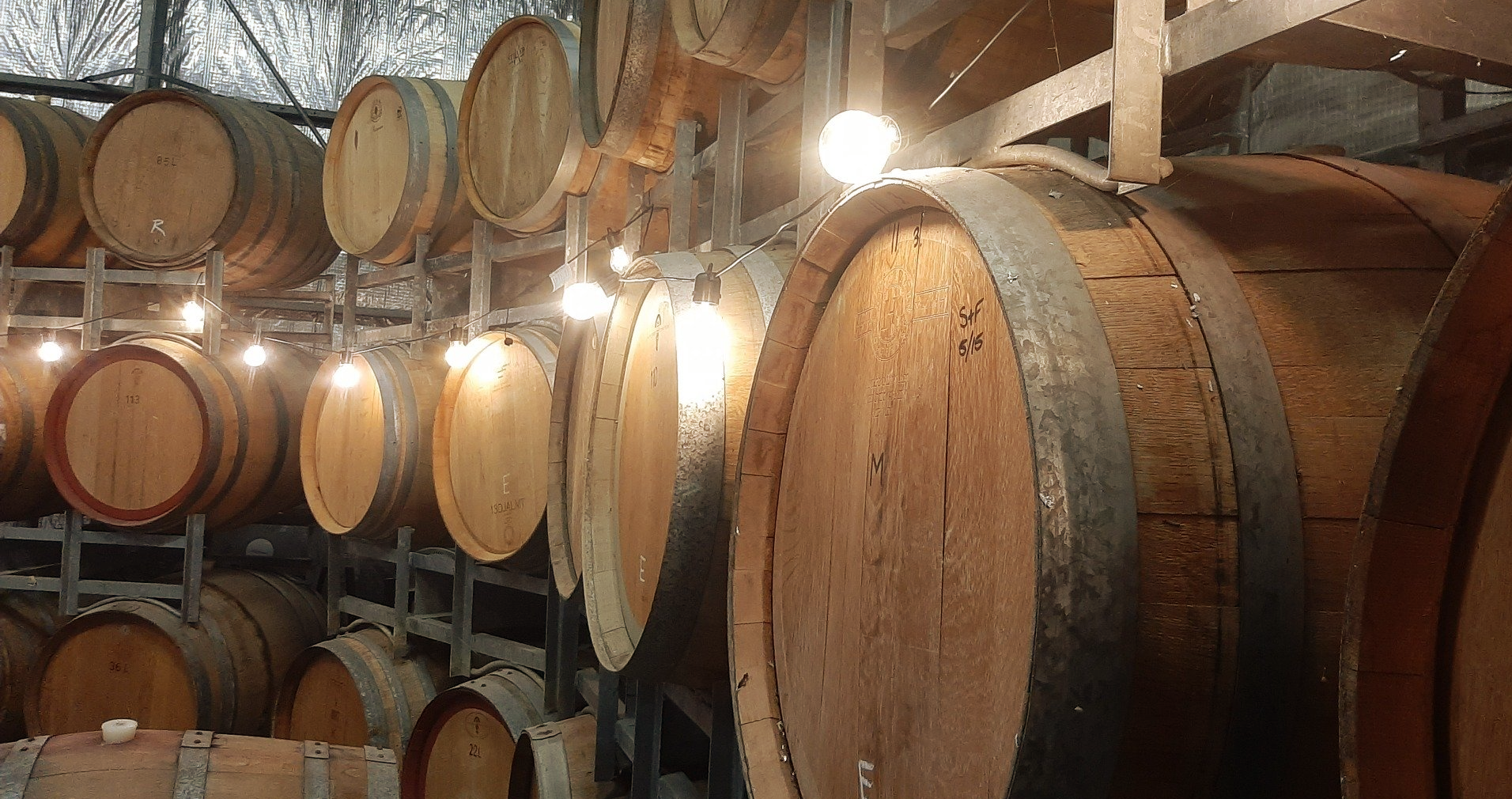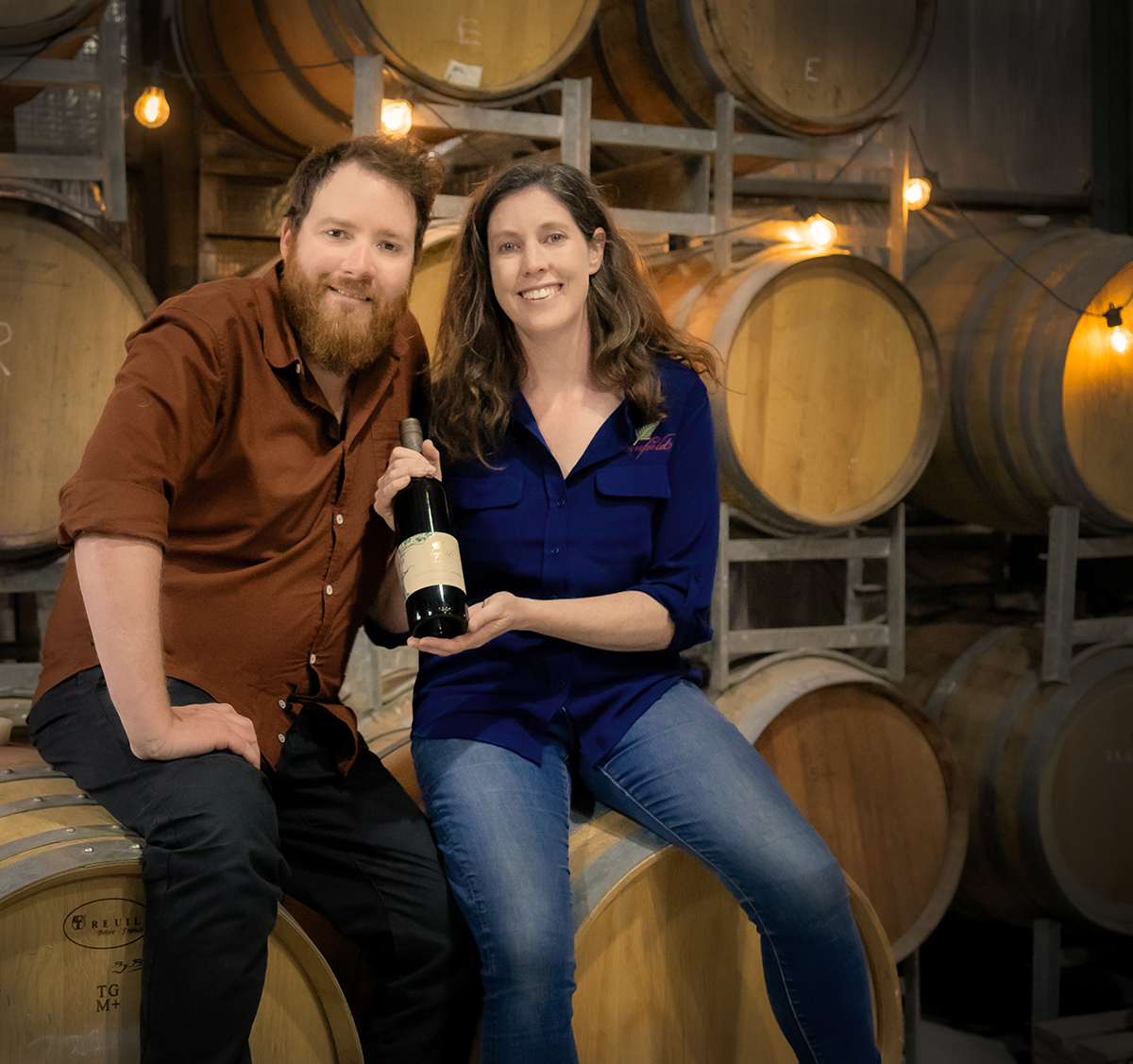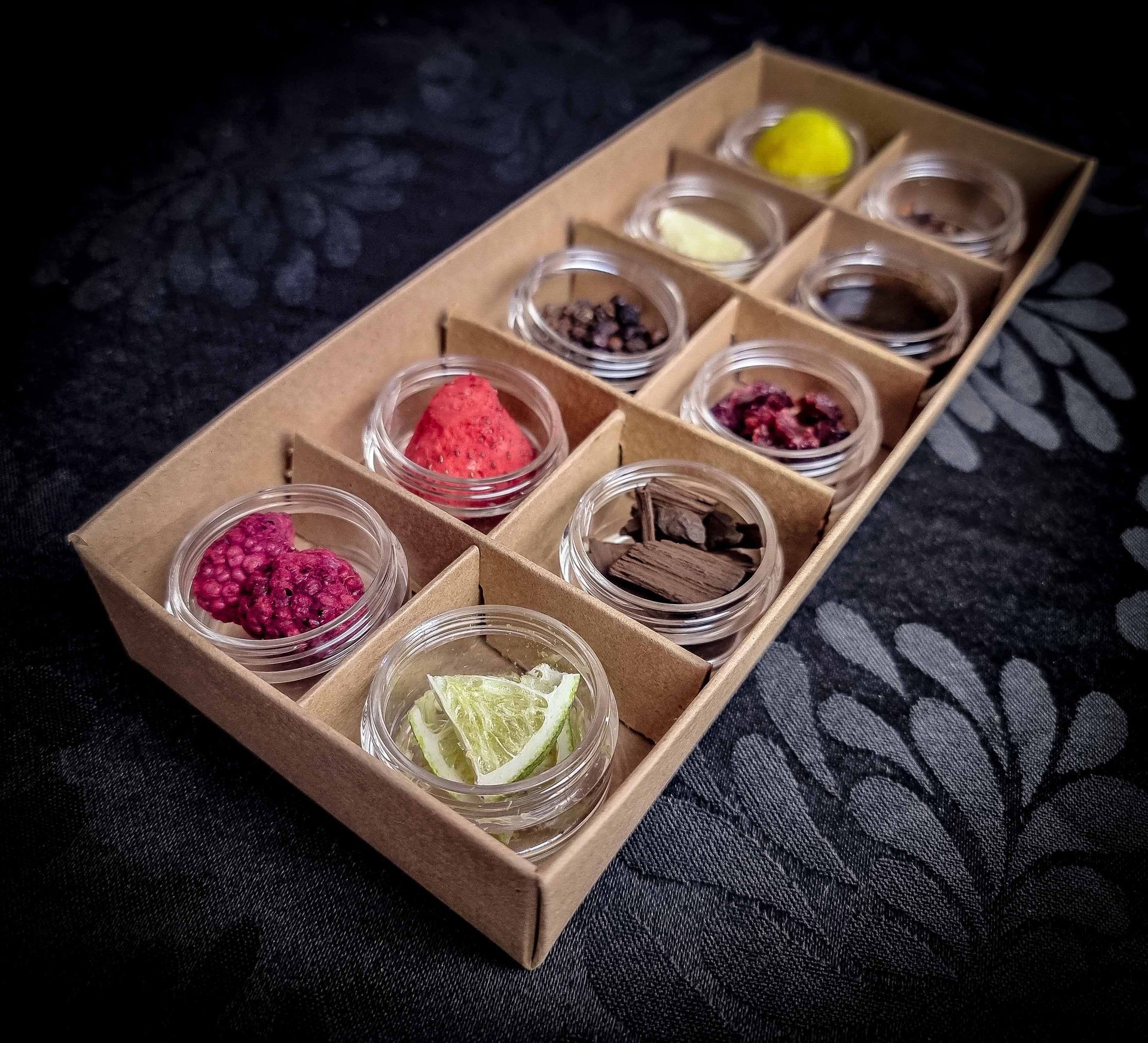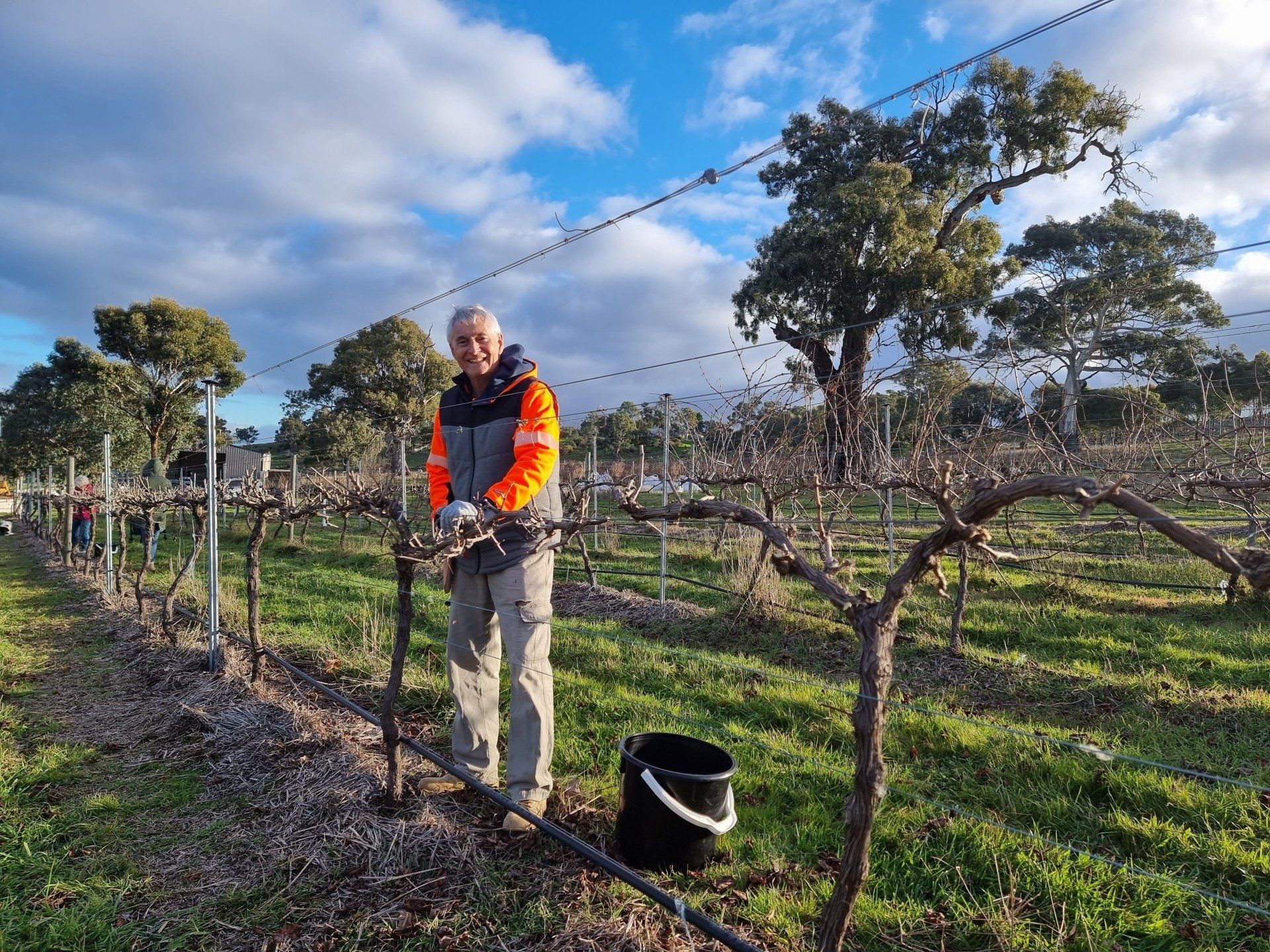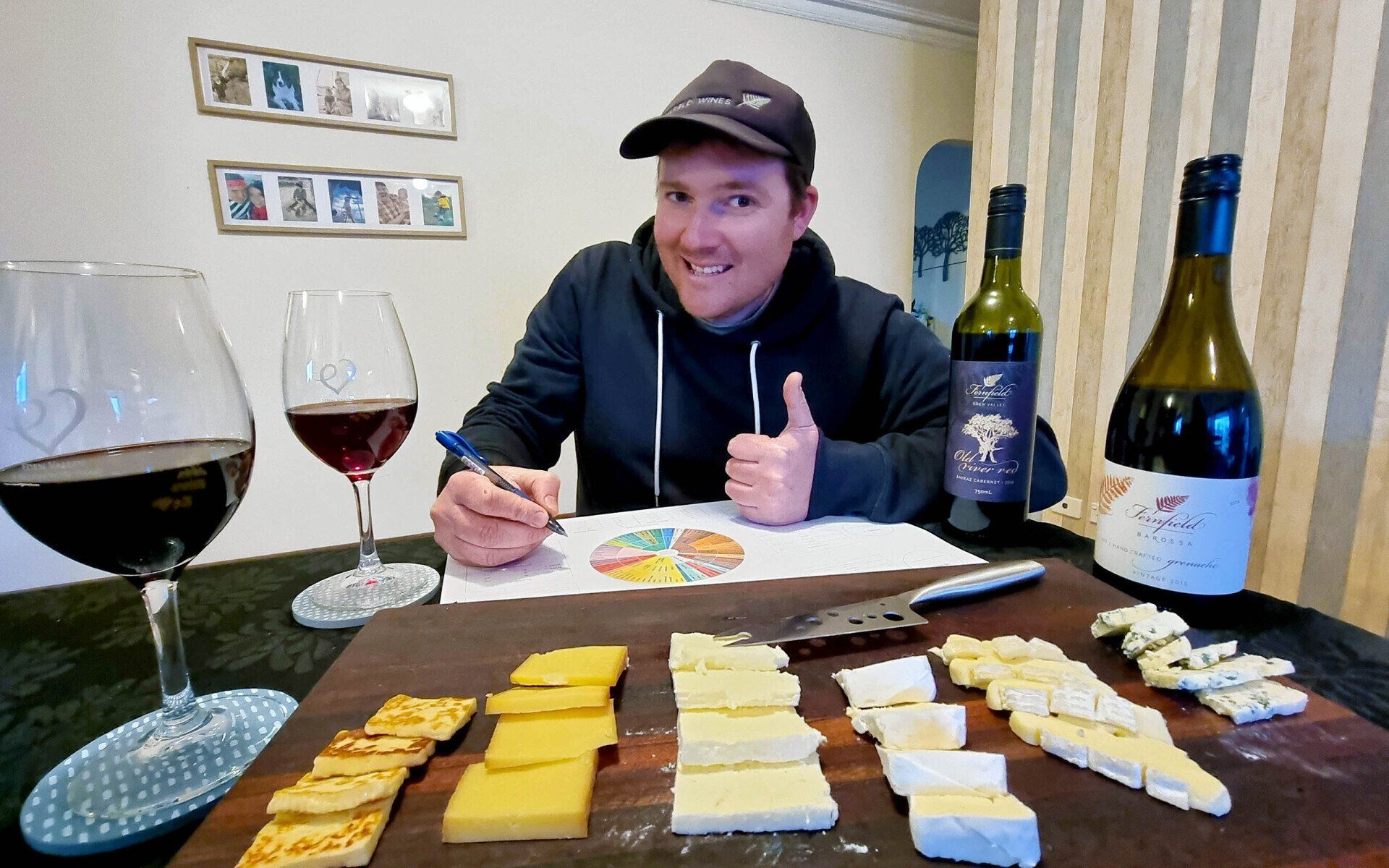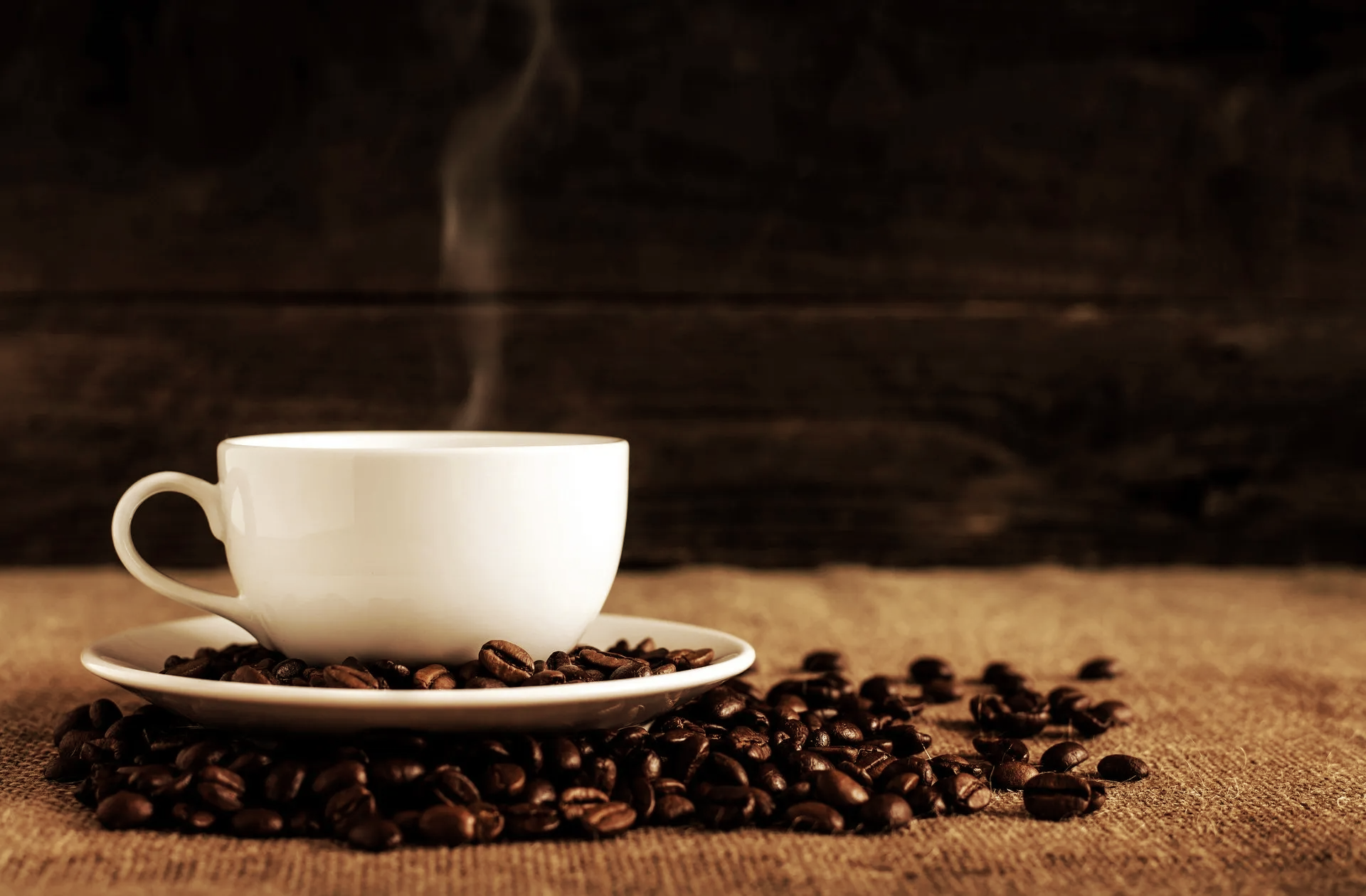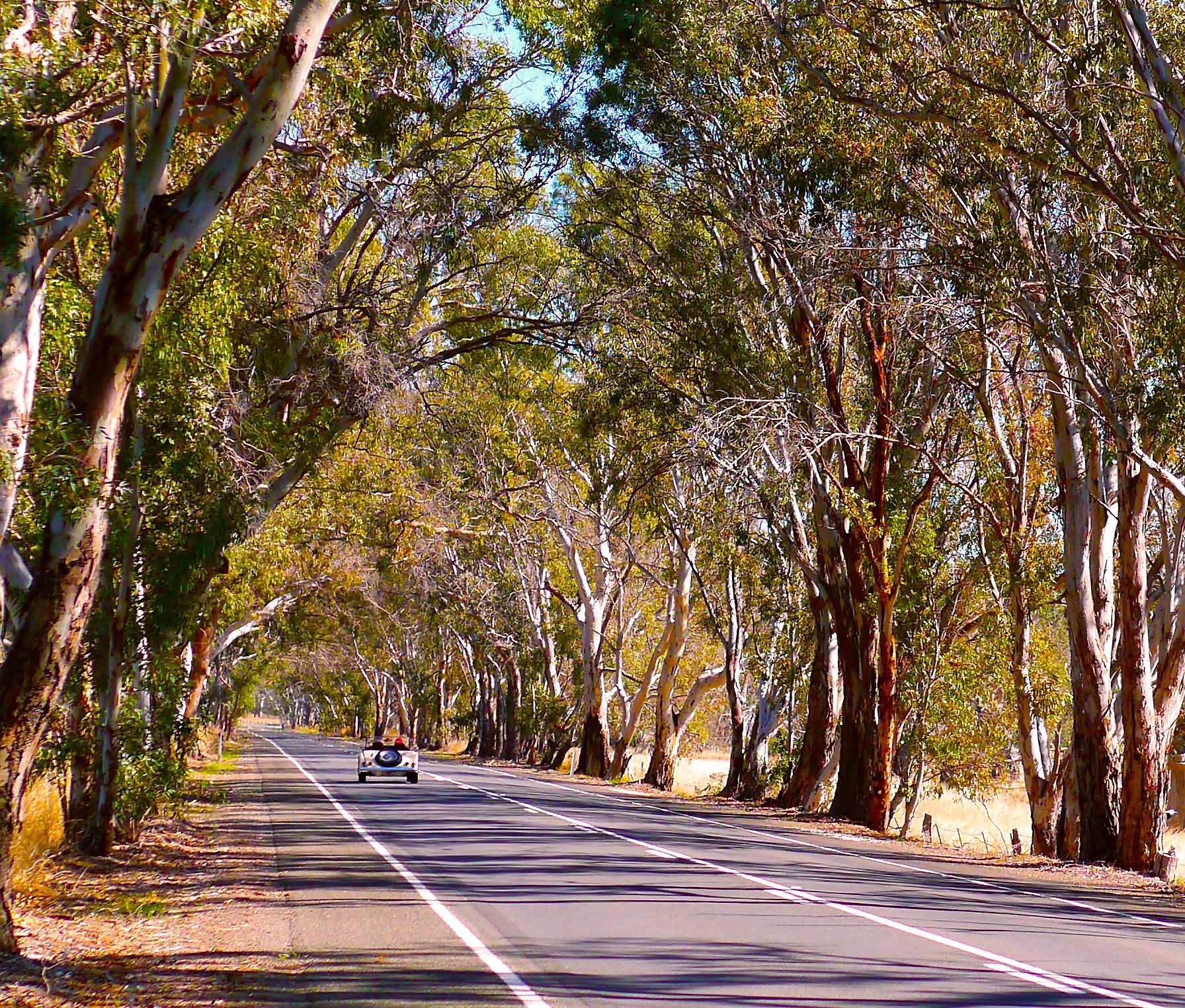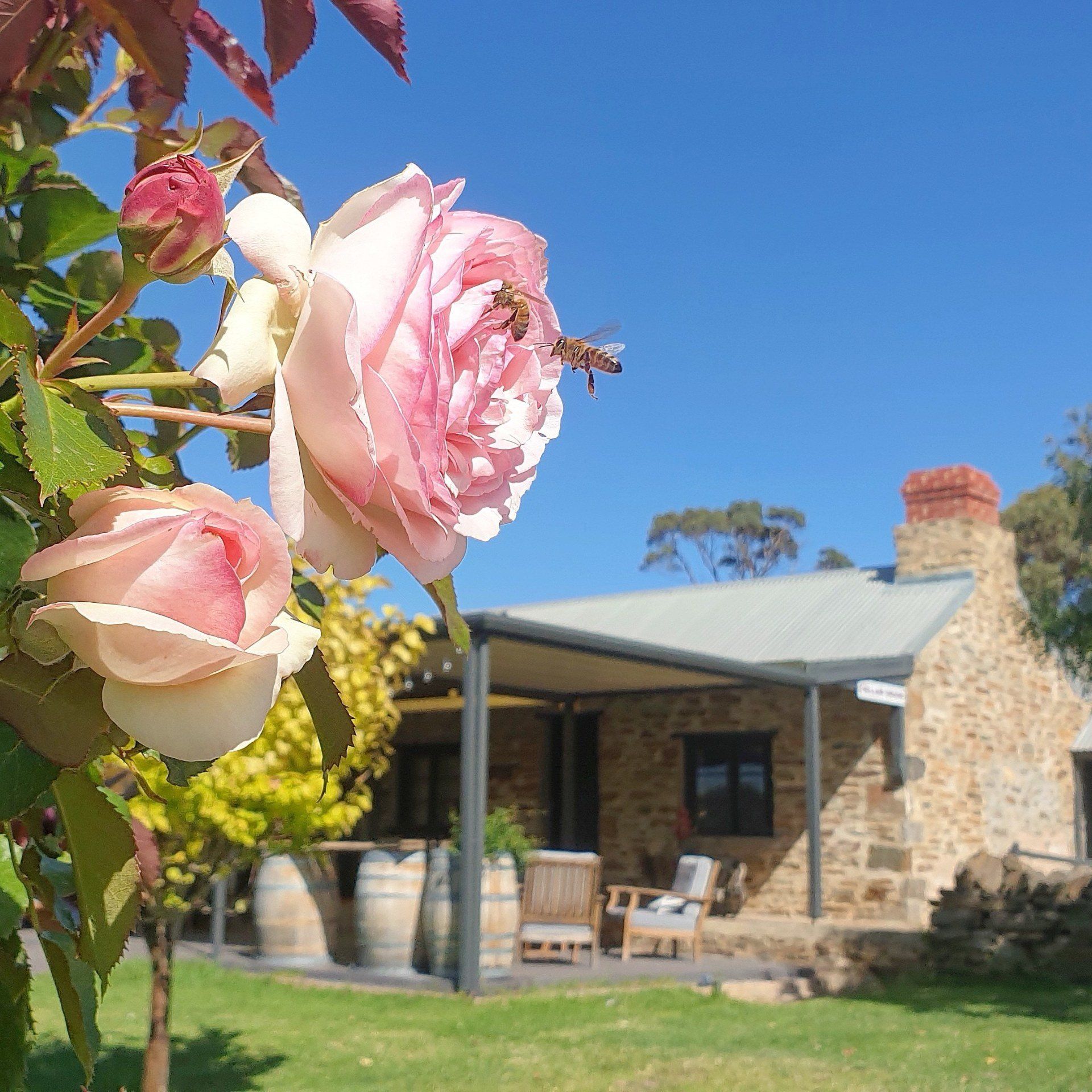Introduction: An Imperfect Science
There's often talk of wine tasting being an art, rather than a science. Wine chemistry is definitely a complicated form of science, but the current technology just isn't good enough to measure many wine aromas, and here arises the art. For example, a recent study on wine compounds called mercaptans* could measure down to a very impressive 0.0000000001%, however the human nose can still detect smaller quantities1.
*Mercaptans, also known as Thiols, are a complicated group of molecules that can impart both positive characters (for example in Sauvignon Blanc), or depending on the particular mercaptan, the concentration, and the wine style, they can also be considered a fault.
There's also the complication that people are not all the same. Everyone has different sensory thresholds - both through physical differences and different life experiences - and so will literally taste & smell different things in wine.
Between these two factors, wine aromas are still not particularly well understood. Even where there's fairly universally agreed on characters in wine, such as pepper aroma in shiraz*, research is still in progress studying why it actually occurs2.
*About 1 in 4 people cannot, regardless of training or experience, detect pepper in red wine3. It's called rotundone anosmia, if you want to pull out fancy words at a dinner party.
As such, if you're in a high pressure wine tasting situation and don't know what to say you smell in a wine, feel free to make it up - say it confidently, use an aroma that is aligned with the type of wine you're drinking*, and if anyone challenges you, just claim the sensory threshold is below their detection level.
*You can find aroma wheels or lists that are specific to different varietals. Customers can use Aromaster at our cellar door but WineFolly also has a few infograms on their website which are free.
So now I've told you how much we don't know, here's some stuff we do!
First things first. From a common question asked at the cellar door, Winemakers don't directly add flavours to wine. A wine that we say has 'strawberry' characteristics has never had strawberries added, for instance. The tastes and aromas in wine come from a combination of the grape, the fermentation process, and oak ageing.
Development In The Vineyard
It's no surprise that the grape affects the aromas of the wine - hence why we use different varieties of grape for different wines!
For example, compounds known as volatile thiols play a key role in Sauvignon Blanc, such as the molecule 3-sulfanylhexan-1-ol (3SH), which gives grapefruit and passionfruit characteristics in own tropical fruit focused Sauvy "Our Little Secret".
But vineyard practices also influence which aromas we'll find in the final wine.
Fruit exposed to sunlight will have lower concentrations of methoxypyrazines, the compound responsible for fresh green and herb characters in Cabernet Sauvignon. In the vineyard, we can choose to expose the fruit to reduce these characters, or we can choose to shade the berries and aim for a fresher style Cab, such as the 2017 Wayward Girl, which has fresh herb characters that make it perfect for a summer red.
Also, those 3SH molecules that give our Sauvy it's character? They are also affected by what we do in the vineyard. Good levels of nitrogen in the soil improves the amount of 3SH, as does mild water stress4.
Weirdly enough, most varietal aromas can't be smelled in the grape, it isn't until they are transformed during the fermentation that they are detectable, which leads to…
Development During Fermentation
Grape-derived aromas are 'released' during fermentation, but the yeast that ferments the grapes also impart some of their own flavours.
For example, some yeasts produce esters (bright, fruity characters like pineapple or strawberry). Esters are quite an unstable molecule - they're one of the aromas that decline with ageing, which is partially why some awesome fruity wines don't age particularly well. So a yeast that creates a lot of esters will produce fresh and fruity characters, but we shouldn't rely on those aromas lasting for 10+ years.
β-damascenone (pronounced beeta-dama-seen-own) is another aroma strongly influenced by yeast, and enhances fruity notes and masks green aromas in red wines5.
Fermentation temperature has a massive effect on which aroma compounds form. For example those fruity esters I mentioned earlier become unstable in a warmer ferment and don't make it through to the final wine.
Malolactic Fermentation (also known as secondary fermentation), used in red wines and some white wines, can also impart flavours to wine, most notably diacetyl. Diacetyl gives wine a buttery aroma and enhances the wines complexity6. It's become a love-it or hate-it aroma when it comes to Chardonnay!
Development During Maturation
Cis-oak lactone is a molecule responsible for the typical 'oak' flavour in red wines that have been aged in oak barrels, so much so that it's named after oak. There are also other compounds that come from oak barrels, such as eugenol, which imparts a 'spice' character - likely an aroma contributor in our American oak aged 'His' Grenache.
The choice of oak has a major role to play in how these characters form; new or aged, American or French, fire or water bent, Barrique or Hogshead etc… Barrels are a whole world-within-a-world within winemaking!
Once the wine has made it into the bottle, all the decisions we've made have combined together to give the final product - a complex mixture of contains more than 1000 grape, fermentation and maturation aromas7.
Thanks for reading, be sure to check out some of our other articles below!
References (nerd alert!)
- Szymanski, E. Sulfur dioxide, aroma, and the law of unintended consequences. Wine & Viticulture Journal 35(3), 16–19; 2020
- AWRI project 3.1.1
- Wood, C.; Siebert, T. E.; Parker, M. et al. Determination of Rotundone, the Pepper Aroma Impact Compound, in Grapes and Wine, J. Agric. Food Chem. 56, 3738-3744; 2008
- Peyrot des Gachons et al. , The influence of water and nitrogen deficit on fruit ripening and aroma potential of Vitis vinifera L. cv Sauvignon blanc in field conditions. J. Sci. Food Agric., 85, 73–8; 2005
- Pineau et al, Which impact for b-damascenone on red wines aroma? J. Agric. Food Chem. 55, 4103-4108; 2007
- Reynolds AG et al; Managing Wine Quality Volume 2: Oenology & Wine Quality. Woodhead Publishing; 2010.
- Maarse and Vischer. Volatile Compounds in Food. Alcoholic Beverages. Qualitative and Quantitative Data. Food Analysis Institute. 1989
